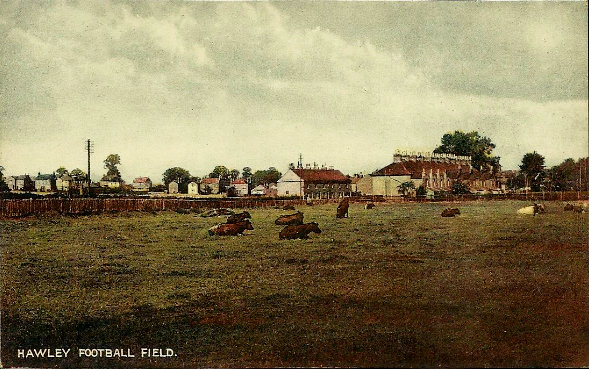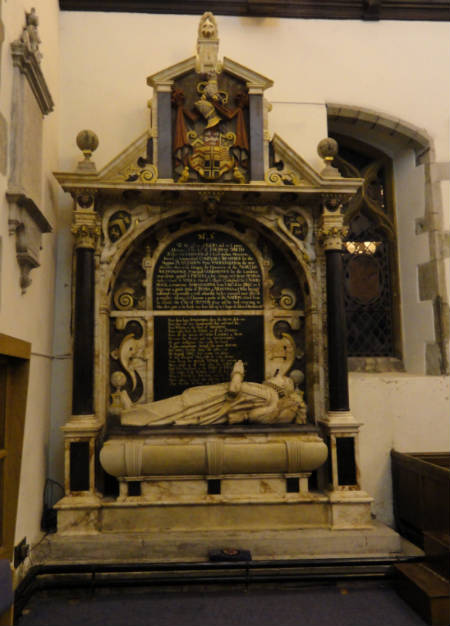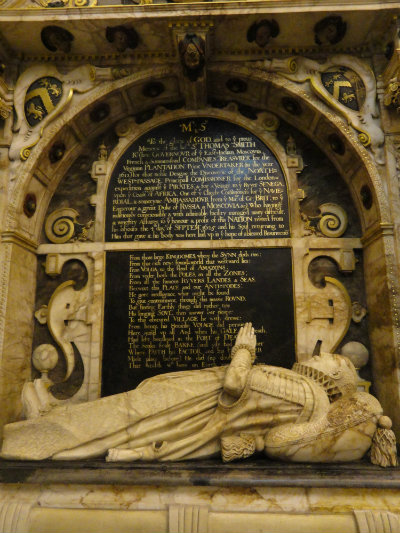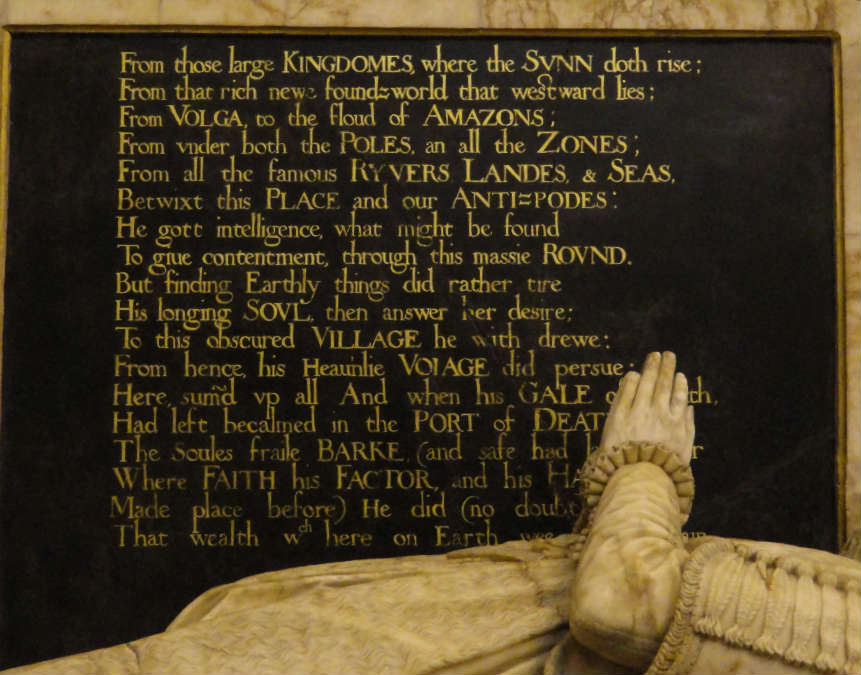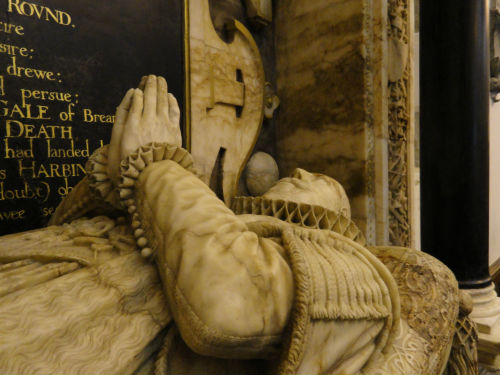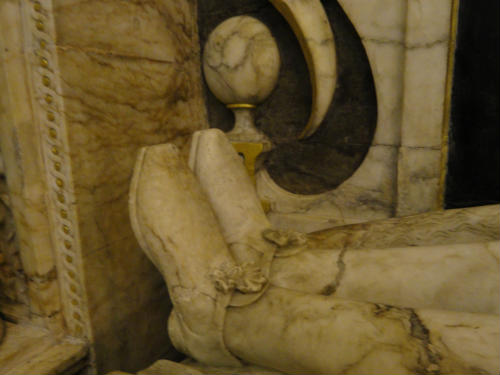Thirty three former Boy Scouts and Leaders of the Sutton-at-Hone Boy Scouts Troop served during World War One, and three former Boy Scouts lost their lives and are commemorated on the War Memorial.
Thanks to an article published in the Dartford Chronicle on 7th February 1919, we know the names of all those former Boy Scouts who served during the Great War.
H. J . Kadwill – Scoutmaster – Jack Kadwill founded the Scout Troop, was the village Schoolmaster, a parish councillor, and lived in the School House by the School. When teachers were allowed to join up, he joined the London Regiment and was a 2nd Lieutentant, 1/13 Brigade
T. Elliott – Assistant Scoutmaster
S. M. Smith – Assistant Scoutmaster
B. Elliott – believed to be Bertie Elliott, the brother of Charles and William Elliott, who were both killed in the Great War and are commemorated on the Sutton at Hone War Memorial. Bertie served with the Army Ordnance Corps.
B. Turner – awarded the Military Medal
Arthur Charles Trimmer – lived at Alexander’s Cottages, Sutton at Hone and served in the Machine Gun Corps as a Private, No. 145389
George Mantle (Mantell in the 1911 census) – lived at 4 Ship Lane, Sutton at Hone and served with the 1/5th Battalion of the Royal West Kent Regiment as a Private, No. 240461
Hugh Taylor – lived at Lane Cottages, and served as a Gunner with the A/116 Brigade, Royal Field Artillery, No.71209
Harold Smith – Killed in Action
Alfred Cook
Thomas Ovenden – Killed in Action
H. Smith – Wounded twice
Hector Ovenden – brother of Thomas Ovenden, and lived at Cromwell Villas, Sutton at Hone. Hector joined the Navy in 1915, at the age of 15, and served until 1920 when he was invalided out (possibly with TB).
Mornington Hibbert -Both Hibbert brothers were the sons of Carl Hibbert, landlord of The Greyhound, Sutton at Hone, and Carl and all his seven sons served during the Great War. Mornington served as a Signaller with the Royal Horse & Royal Field Artillery at the Signalling Training Centre
Leonard Hibbert – youngest son of Carl Hibbert, born in 1901, no record of where he served has been traced.
George Gunner – Returned Prisoner of War – served with the Northumberland Fusiliers, and his family lived at The Stores, Lower Sutton.
B. Taylor
T. Davis
J. Smith
Arthur Budd
H. Bennett
Harry Stubbs – lived at 4 Fair View, Ash Road, Hawley, before he joined up he had worked for J. & E. Hall in Dartford. After joining up (probably in 1915), he served with the King’s Royal Rifles and went to the Western Front in March 1916. Harry had become Lance-Corporal, but was wounded by a shell in early December 1916, and had an arm amputated that Christmas Eve in a hospital in France.
E. Richards
(Harry) Basil Packman – lived at Cromwell Villas, Sutton at Hone, and signed up for service on 8th August 1918 at the age of 22, and had been working as a tool fitter at Vickers in Dartford. Harry served with the 26th Battalion, Tank Regiment as a Private, No. 311086
Leslie Thorne – lived at Crown House, served with the Royal Field Artillery, 121 Brigade, as a Driver, No. 234273
Thomas L. Dancer – Tom lived at 24 St John’s Terrace, Sutton at Hone and was a nurseryman when he enlisted in 1916. Tom was finally called up in 1917 and served as a Gunner in the Royal Artillery in India and Mesopotamia, and was released in October 1919.
Frank Mantle (Mantell in the 1911 census) – lived at 4 Ship Lane and served with the Rifle Brigade, as a Private, No. S/31674
Harry Acton – lived in Ship Lane and served with the 9th Royal Sussex Regiment, as a Private, No. 19375
Arthur Wright – Killed in Action
J. Lane
Ronald Barlow
Tom Relph – lived at East Hill, South Darenth, and enlisted on 27 December 1917, just after his 18th birthday. Tom was a ‘fitter and turner apprentice’ before the war, and joined the Royal Flying Corp to be an Air Mechanic.
Nelson Yeatman – Nelson lived at Victoria House, Hawley, and enlisted on 12 February 1918, and served with the Royal Air Force, before he had enlisted he had been working as an Engineer.
During the absence of Scoutmaster Kadwill, the troop ‘carried on’ under Acting Scoutmaster Thompson.
The article notes that as Sutton at Hone was the oldest troop in the district, they had become the Senior Troop of the new Dartford District, which had been formed in 1918, from the old Central North Kent district (which had included Gravesend, Sidcup, Erith, Bexleyheath).
